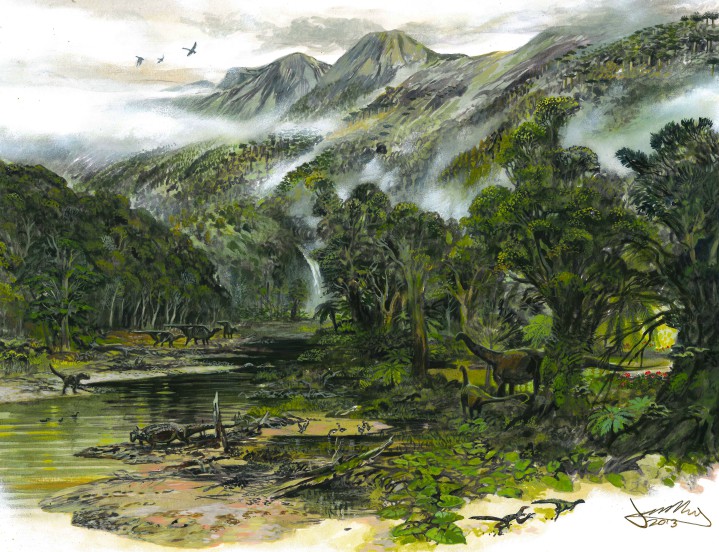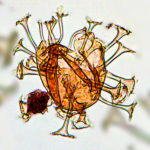Understanding Earth’s response to a future high CO2 world

Our expertise extends back to the Cretaceous when global climate was at times much warmer than today and Antarctica was covered in forest. Detailed community analyses are being undertaken of macrofossils (including bivalves, gastropods and ammonites), microfossils (marine and terrestrial palynomorphs) and pteropods, together with sedimentological and geochemical analyses to assess both marine and terrestrial ecosystems in the high latitudes. Ecological survival and response following the mass extinction at the Cretaceous–Paleogene boundary, and evolution of community structure throughout the Cenozoic is another aspect of our research into high latitude community evolution.
In addition to the palaeo-perspective, we are also investigating the potential impact of anthropogenic CO2 on calcifying organisms in the surface ocean. Ocean acidification frequently referred to as “the other CO2 problem”, will test the tolerance and adaptability of numerous species to reduced pH in coming years. We are studying the processes used by organisms to protect and repair their calcareous shells in high CO2 environments.

